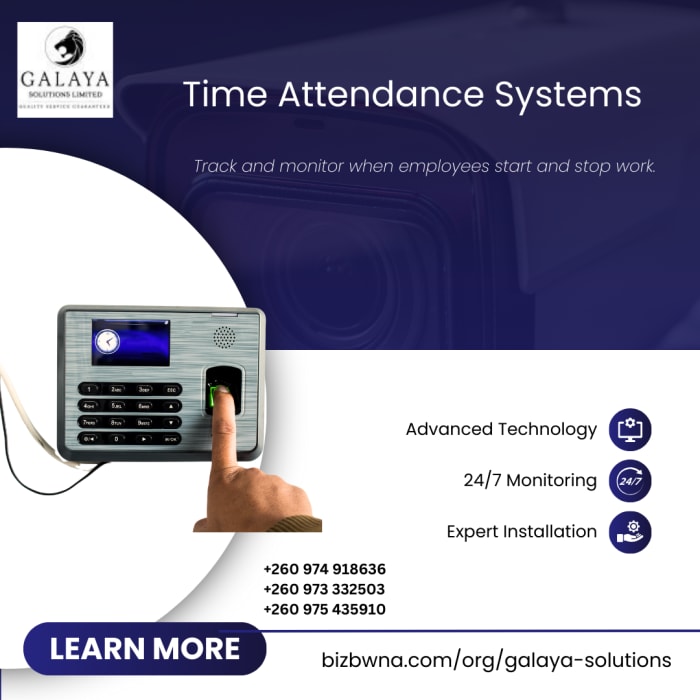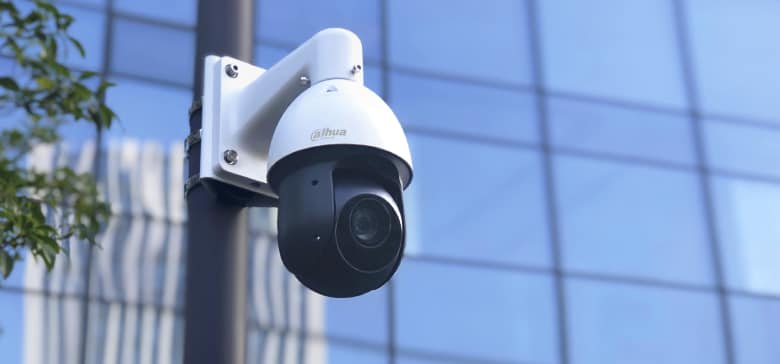
Track and monitor when employees start and stop work
Time and attendance systems (TNA) are used to track and monitor when employees start and stop work. A time and attendance system enables an employer to monitor their employees working hours and late arrivals, early departures, time taken on breaks and absenteeism.[1] It also helps to control labor costs by reducing over-payments, which are often caused by paying employees for time that are not working, and eliminates transcription error, interpretation error and intentional error. TNA systems can also be used to ensure compliance with labor regulations regarding proof of attendance.
How Biometric Technology Improves Employee Time Management
Because of its capability to recognize unique physiological characteristics, biometrics technology work perfectly for employee time management. The increasing popularity of biometrics based terminals for time and attendance delivers many benefits. Not only can these terminals read fingerprints, but some are also designed to read a person’s unique voice pattern, hand shape, face shape or iris. This ensures every employee clocks in for his or her time, not for someone else.
An employee attempts identification through the biometric hardware device. Terminals are installed at convenient locations throughout the company. This activates a new comparison scan of available templates to find an exact match. Once a match is found, arrival and departure times for employees are registered.
Companies will decrease overpayments with an increase in accurate time and attendance records. Time management improves further with increased security, not just among employees, but also for the safety of work sites and valuable company information.
Benefits of Using a Biometric Time
Benefit #1: Capture unique biological traits. Biometric time clocks use technology to detect a person based on their individual makeup.
Benefit #2: Trust the accuracy of which employee is on the clock. Biometric physiological attributes cannot be duplicated or forged. Supervisors and managers feel confident that they are tracking each employee’s time and attendance accurately.
Benefit #3: Prevent buddy punching practices. Buddy punching is illegal and has cost many employers millions in financial losses each year. It is easily prevented with biometric time clocks. Because the clock captures each employee’s unique traits, a coworker cannot clock in or out for another employee by pretending to be that employee.
Benefit #4: Biometric fingerprint reader eliminates time theft. Companies also lose tremendous amounts of work hours each year because employees waste 20 minutes per day, minimum. Calculating this lost time, and how it impacts the bottom line, is impossible with an old method of managing employee time. That problem is gone forever with this time clock system.
Benefit #5: Biometric fingerprinting also monitors remote workers. This innovative technology can integrate with mobile devices or the internet. The use of biometrics enables employers to monitor employees working in remote places, even if they are halfway around the world.

